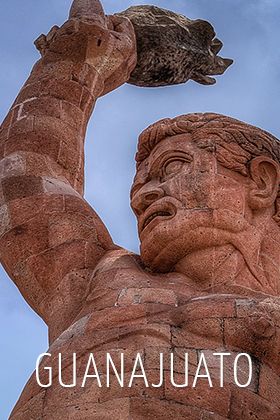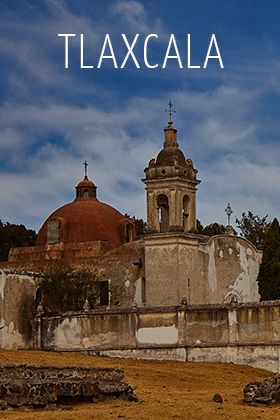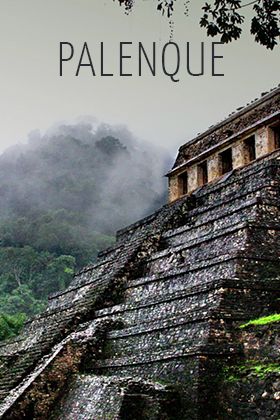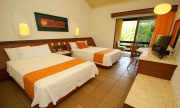Description
Real de Catorce could be justly known as "the town that refused to die." Located in the northern part of the state in the highlands at an altitude of 2,750 meters (9,000 ft), it is bounded on the north by Venegas, to the northeast with Cedral, to the east with Villa de la Paz, to the southeast by the town of Guadalupe, on the south with Charcas, to the southwest with Santo Domingo, and to the west by the State of Zacatecas.
To reach the state capital San Luis Potosi, is an approximate distance of 250 kilometers (155 mi). Real de Catorce is not a municipality, but rather it is the head of the municipality of Catorce, with about 2,000 inhabitants. Among the natural elements that is most noteworthy, is the Sierra de Catorce to the east of the town, reaching a height of 3,000 meters (9,843 ft).
It occupies a strip of land from north to south in the municipality of Catorce, that composed one of the most important areas in the state in regard to mining.
There is largely a dry temperate climate that embraces the whole western territory, while in a small strip to the east there is a semi-temperate climate, and the southeast of the region being a semi-warm-humid climate. Before the mining industry came to this region, it was known as "Los Alamillos". Later in 1779, it adopted the name "Real de la Purisima Concepcion de Catorce," and after The Independence, it became know as only "Catorce" meaning "Fourteen."
In 1773, Sebastian Coronado and Manuel Martinez found the first vein of silver, and are credited as having been the discoverers of the mines of Catorce. Between the late eighteenth and nineteenth century, was the time of a bonanza where many fortunes were achieved. There were fabulous extravagances, the construction of the temple of the Immaculate Conception took place, chapels such as Guadalupe and others and residential houses were built, and the number of inhabitants of the town climbed to over 7,000 people. In 1905 the drop in price of silver caused the abandonment of Real de Catorce.
Since its natural wealth had always been dependent on mining, the economic event plunged the town into a kind of lethargy that did not wake until the late twentieth century, when some lucky film producers and directors found that this place and the surrounding area offered a picturesque potential difficult to find in other places; a gem of an almost intact true Mexican town. Since then, there has been over 14 national and international films made at several locations in Catorce, that has also meant considerable economic income for the municipality, but especially for Real de Catorce which has the most services and attractions. Thus, providing as well world wide fame that helps to attract thousands of overseas visitors every year to the area.
There is only one way to access Real de Catorce coming or going, through the Ogarrio Tunnel that has a length of 1.9 km (1.1 mi). The town does not have any gas stations, so the last place to fill-up is in Cedral, 32 km (20 mi) away. Coming by way of the town of Cedral, there are 10 km (6 mi) of paved road, followed by 22 km (14 mi) of stone paved road known as the "Camino Real".
Real de Catorce has basic health services, and in regards to tourism, there are several hotels with internet service, lodging and restaurants where you can stay overnight and eat right. Be aware also that there are no banking facilities in the town, just one ATM that is located inside the Casa Municipal, and the hotels fill up very easily on holidays and weekends. It is recommended to bring enough cash on hand to avoid problems, and to try to make prior reservations for a stay during the high season.
It may seem that Real de Catorce is full of hardships, but it is not. Keep in mind that all these austerities in terms of luxuries and pleasures, are steps that the local people prefer to take to preserve the charm and mysticism that characterizes the environment. Some of the attractions that the area has, are the "Wirrarica Ethnicity Historical and Cultural Route and Ecological Conservation Zone" and the "Huirikuta Cultural Sacred Site," a protected natural area that is part of the Chihuahuan Desert (one of three most important deserts in the world ). It is the only historical and cultural ecological reserve in Mexico, and within its 140,212 hectares, the Cerro del Quemado (The Burnt Hill) is found, that serves at the final destination of the journeys undertaken each year by the Huicholes from Jalisco and Nayarit.
The popular festivals take place in late September and early October of every year, ending with the festival in honor of St. Francis of Assisi and the Dance of the Chichimecas. During the Festival of St. Francis, the Ogarrio Tunnel (the only access to Catorce) closes, and the traditional fair, parades, music and dances all take place. The Day of the Dead is also celebrated on November 1st and 2nd at the Guadalupe Cemetery. What is there to do in Real de Catorce? Well there is much to do like visiting the Parish of the Immaculate Conception, the Old Mint, the main square Jardin Hidalge, the Cockfighting Ring, the Plaza de Toros (Bullring), the Ghost Town, and the Cerro Grande.
One must live the adventures on the surrounding trails with a guided horseback tour, and live the experience of a photo safari in the Biosphere Reserve on board one of the "Willys" (postwar jeeps). One must walk through its streets, try the taste of the delicious regional dish Asado de Boda, and of course, buy some of the exquisitely crafted silver.
But above all, one should eagerly experience the energy of a village full of legends and extraordinary landscapes. Along with the warmth of its people, this and much more is Real de Catorce.























